What Are the Different Types of Valve Connections?
What Are the Different Types of Valve Connections?
FF – Flat Face flange connection (commonly used for 150LB)
RF – Raised Face flange connection
RTJ – Ring Joint (trapezoidal groove)
SW – Socket welding
NPT – NPT threaded connection
WAFER – Wafer connection
BW – Butt Weld
Ferrule Connection
Internal Self-Tightening Connection
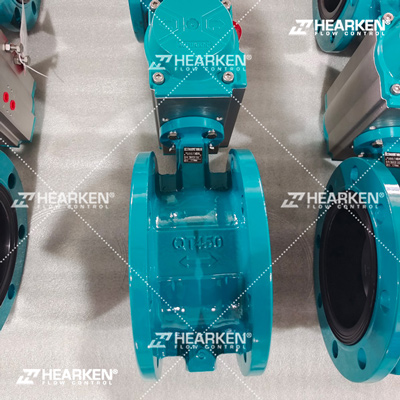
How Are Valves Connected?
Valves can be connected to piping systems in several ways, each suited for specific applications and operating conditions.
1. Flange Connection
The most commonly used valve connection, especially for larger valves.
Types of Flange Connections:
Smooth Type: For low-pressure applications.
Concave and Convex Type: Suitable for higher pressure, using medium-hard gaskets.
Tenon and Groove Type: Uses gaskets with high plasticity, ideal for corrosive media with excellent sealing performance.
O-Ring Type: A newer form using rubber O-rings, offering more reliable sealing than traditional flat gaskets.
Trapezoidal Groove Type: Employs an elliptical metal ring gasket for high-pressure (≥64 kg/cm²) or high-temperature valves.
Lens Type: Uses a metal lens-shaped gasket, suitable for very high-pressure (≥100 kg/cm²) or high-temperature valves.
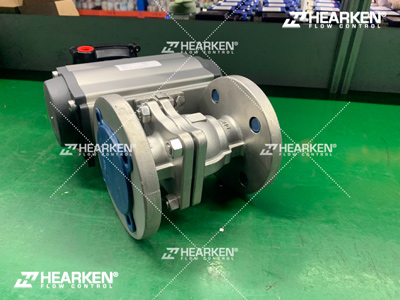
2. Socket welding connection
Socket connection is mainly used for connecting pipe fittings with socket joints. Socket connection methods are divided into mechanical interface and non-mechanical interface.
Mechanical interface:
Use the pressure flange to connect with the flange on the pipe end to press the rubber sealing ring tightly in the gap of the cast iron socket, so that the rubber ring is compressed and tightly attached to the pipe wall to form a seal.
Non-mechanical interface:
According to the different fillers, it is divided into asbestos cement interface, self-stressed cement interface, blue lead interface, rubber ring interface, welding interface, etc.
3. Threaded Connection
A simple connection method, widely used for small valves.
Direct Sealing: The internal and external threads act directly as seals. Common sealing materials include:
PTFE (Teflon) tape: Widely used due to its excellent corrosion resistance, sealing effect, ease of use, and storage. It does not adhere, making disassembly clean and efficient.
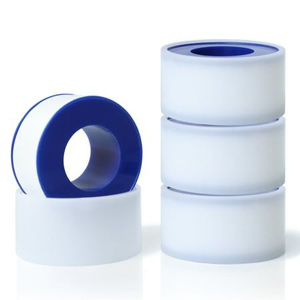
Lead oil and hemp: Traditional options, less commonly used now.
Indirect Sealing:The force from tightening the thread compresses a gasket between two planes, enabling the gasket to seal effectively.

4. Wafer Connection
Wafer connection is a type of connection that directly clamps the valve and the two pipes together through bolts.
5. Tri-clamp Connection
A quick connection method requiring only two bolts, suitable for low-pressure valves that are frequently disassembled.
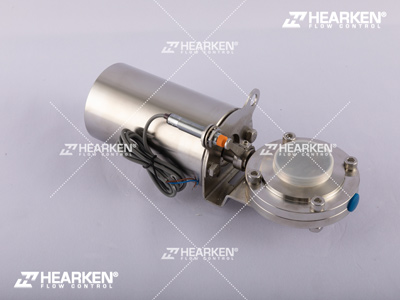
6. Butt Welding
A weld is a seam formed by melting the welding rod and the metal at the joint using the high temperature of the welding heat source. After the weld metal cools, the two welds are connected into a whole.
7. Ferrule Connection
Relies on a ferrule compressed by a nut to form a seal.
Advantages:
1) Compact, lightweight, and simple structure.
2) Easy to assemble, disassemble, and install, especially at high altitudes.
3) Strong connection force, resistant to high pressure (up to 1000 kg/cm²), high temperature (up to 650°C), and vibration.
4) Suitable for various materials, offering corrosion resistance.
5) Requires minimal processing precision.
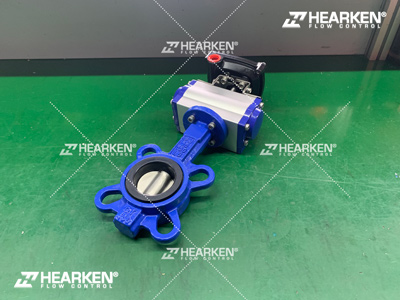
8. Internal Self-Tightening Connection
This method uses medium pressure for sealing, unlike other forms that rely on external force.
Working Principle:
A sealing ring is installed on an inner cone at an angle to the medium's direction.
Medium pressure acts on the inner cone and the sealing ring.
Two forces are generated on the cone:
One parallel to the valve's centerline, outward.
Another pressing against the valve's inner wall, creating the self-tightening force.
The higher the medium pressure, the stronger the self-tightening force.
Features:
1) Ideal for high-pressure valves.
2) Saves materials and labor compared to flange connections.
3) Requires pre-tightening to function reliably at low pressure.
Conclusion
Selecting the right valve connection method is critical for ensuring reliable operation, avoiding leakage, and meeting application requirements. From threaded and flange connections to advanced self-tightening designs, each option provides unique benefits tailored to specific industrial needs.
Frequently Asked Questions
Q: Is chrome plating on the ball valve suitable for drinking water?
A: Chrome plating is just a process added to the surface of the valve body. The inside of the ball valve remains the same after chrome plating, so it can still be used for drinking water.
Q: What is the manufacturing process of the silicone seal strip?
A: The manufacturing process is vulcanization
Q: What is the adapter used for?
A: The internal thread diameter is too large and the joint diameter is too small. The adapter is needed to reduce the diameter and graft it, which is similar to the role of the reducer sleeve.
Q: Minimum pressure of flange stop valve
A: PN10
Q: What types of valve seats/seals are there for butterfly valves?
A: EPDM, NBR, PTFE.